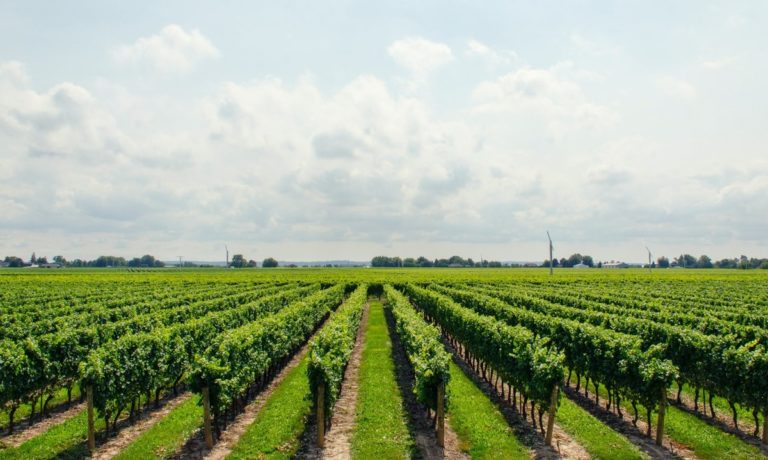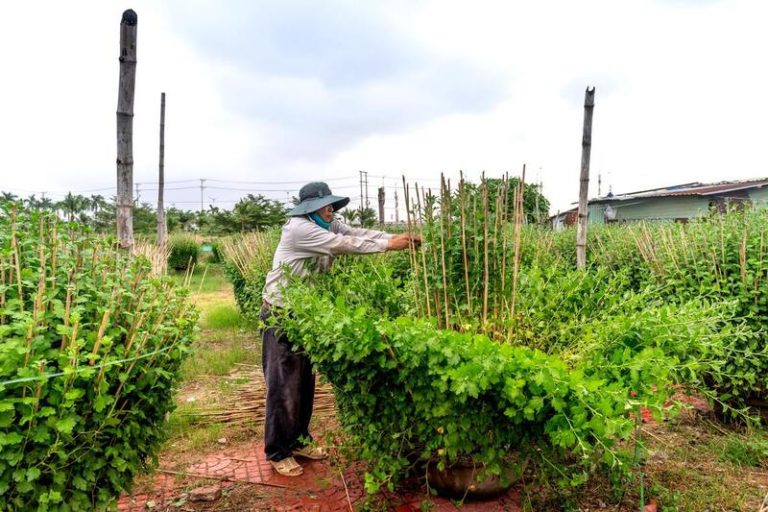Cropping Systems: An Essential Guide to Sustainable Agriculture
A cropping system is the method through which crops are cultivated on a farm, taking into consideration available resources, climatic and soil conditions, and market demand. There are several sorts of cropping systems, each with their own benefits and drawbacks.
This article will explain the many types of cropping systems, their advantages, and the issues farmers must consider when selecting a system.
Types of Cropping Systems
Monoculture:
This entails cultivating a single crop on a plot of land for an extended period of time. Monoculture is the most prevalent form of agricultural system in the world.
Crop Rotation:
This includes cultivating several crops on the same plot of land throughout time. Crop rotation helps to increase soil fertility, prevent soil erosion, and manage pests and diseases.
Intercropping:
This includes concurrently producing two or more crops on the same plot of land. Intercropping increases soil fertility, decreases soil erosion, and controls pests and pathogens.
Polyculture:
This includes cultivating many crops simultaneously on the same plot of land. Polyculture increases soil fertility, controls pests and pathogens, and decreases soil erosion.
Benefits of Cropping Systems
- Increased Crop Yields: Crop rotation, intercropping, and polyculture improve soil fertility and reduce pest and disease pressure, increasing crop yields.
- Improved Soil Health: Cropping techniques protect soil from erosion and contribute organic matter. This increases soil structure, water-holding, and nutrient availability.
- Reduced Pest and Disease Pressure: Rotation, intercropping, and polyculture minimize pests and illnesses. Pests and diseases that attack one crop are less likely to survive in another crop.
- Efficient Use of Resources: Cropping systems optimize water, fertilizer, and pesticide consumption for farmers.
- Economic Benefits: Cropping systems can help farmers save money by reducing the cost of inputs and increasing crop yields.
Factors to Consider in Choosing a Cropping System
- Climate and Weather Patterns: Farmers need to choose a way to grow crops that works with their climate and weather. This will help to ensure that crops can grow well and that there is enough water for irrigation.
- Soil Type and Fertility: Farmers need to pick a cropping system that works with the type and fertility of their soil. This will help to ensure that crops can grow well and that there are enough nutrients for plant growth.
- Availability of Resources: Farmers need to choose a cropping system that is appropriate for the resources they have. This includes water, fertilizer, and pesticides.
- Market Demands: Farmers need to choose a way to grow crops based on how much the market wants those crops. This will help to ensure that they can sell their crops at a good price and make a profit.
Best Practices for Implementing Cropping Systems
A. Proper Crop Selection: Farmers have to pick crops that work well with their cropping systems and the resources they have.
B. Timing and Sequencing of Crops: Farmers need to plan the timing and sequencing of their crops carefully to ensure that they can maximize their yields and minimize pest and disease pressure.
C. Soil Conservation Techniques: Farmers need to use soil conservation techniques such as no-till farming, cover crops, and crop residues to reduce soil erosion and improve soil health.
D. Effective Use of Fertilizers and Pesticides: Farmers need to use fertilizers and pesticides effectively to ensure that they do not harm the environment or the crops.
E. Crop Diversification: Farmers need to diversify their crops to reduce the risk of crop failure and improve soil health. This also helps to ensure that they can meet the market demand for different crops.
Challenges in Implementing Cropping Systems
1.Resistance to Change:
Farmers may be resistant to changing their traditional farming practices and adopting new cropping systems. Lack of Knowledge and Resources: Farmers, especially in developing countries, may not have the knowledge and resources to use new ways of growing crops.
2. Market Barriers:
Farmers may face market barriers such as lack of access to markets or low prices for their crops, which can discourage them from adopting new cropping systems.
3. Climate Change:
Climate change can affect cropping systems by altering weather patterns, increasing the frequency of extreme weather events, and causing changes in pest and disease pressure.
Conclusion
Cropping practices including crop rotation, intercropping, and polyculture raise soil fertility and lessen insect and disease pressure, which increases crop yields.
Cropping systems are a crucial component of sustainable agriculture, to sum up. Farmers must select the best cropping strategy for their farm, taking into account market demand, soil and climate conditions, and resource availability.
By following best practices, such as picking the right crops, planting them at the right time and in the right sequence, preserving soil, applying fertilizers and pesticides correctly, and cultivating a diversity of crops, farmers may get the most out of cropping systems. These techniques can aid farmers in increasing crop yields, enhancing soil health, and making better use of available resources.
FAQ:
Q: What are cropping systems in agriculture?
Ans: Cropping systems refers to the way in which crops are grown on a farm, taking into account the resources available, the climate and soil conditions, and the market demand. There are different types of cropping systems, including monoculture, crop rotation, intercropping, and polyculture.
Q: What are the benefits of cropping systems?
Ans: The benefits of cropping systems include increased crop yields, improved soil health, reduced pest and disease pressure, efficient use of resources, and economic benefits such as reducing the cost of inputs and increasing crop yields.
Q: What factors should farmers consider when choosing a cropping system?
Ans: Farmers should consider several factors when choosing a cropping system, including the climate and weather patterns, soil type and fertility, availability of resources such as water, fertilizer, and pesticides, and the market demand for their crops.
Q: What are the best practices for implementing cropping systems?
Ans: Best practices for implementing cropping systems include proper crop selection, timing and sequencing of crops, soil conservation techniques such as no-till farming and cover crops, effective use of fertilizers and pesticides, and crop diversification to reduce the risk of crop failure.
Q: What are the challenges of implementing cropping systems?
Ans: The challenges of implementing cropping systems include resistance to change, a lack of knowledge and resources, market barriers, and the effects of climate change on farming practices.
Also Read:
Digital Agronomy: Revolutionizing Agriculture with Modern Technologies







